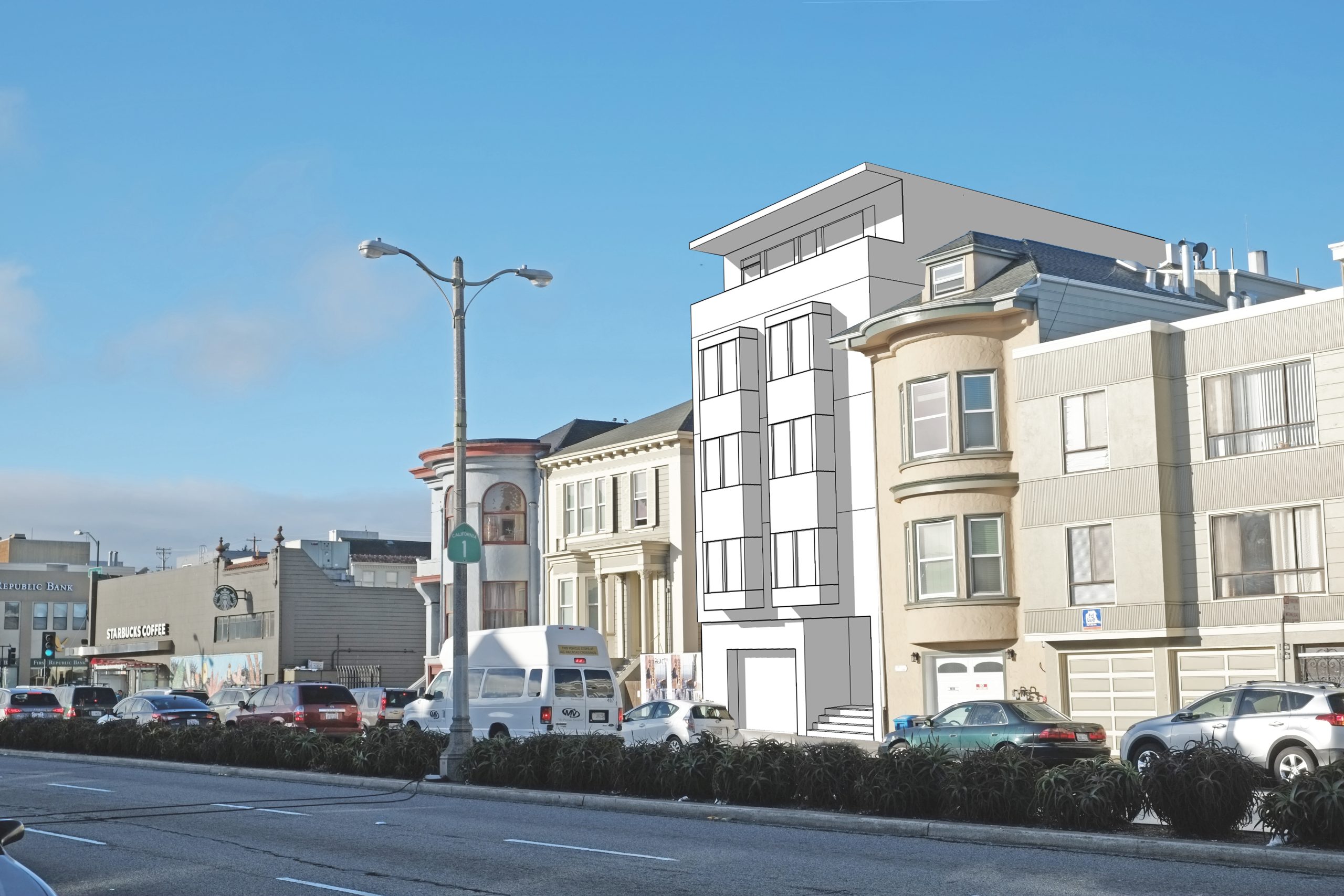THINKING: research
State Density Bonus Law — Adding Units to Multifamily Properties

Used as an effective mechanism to tackle California’s housing crisis, the State Density Bonus Law serves as an incentive for developers to offer both market-rate and affordable housing in order to address the State’s severe housing shortage. Enacted in 1979, the State Density Bonus Law was recently amended in 2022.
What is the California State Density Bonus Law?
The California Density Bonus Law is an incentive-based method that allows developers to increase the maximum allowable residential density on a site in exchange for producing a certain amount of affordable housing.
The State Density Bonus Law encourages developers to create affordable and senior housing. This includes up to a 50% increase in project densities for most projects, depending on the percentage of affordable housing, and an 80% increase in density for projects which are dedicated entirely to affordable.
For example, if 24% of the units constructed are either low income, or very low income you would be entitled to a 50% density bonus. HUD defines “low income” as 80% of the Area Median Income, in Los Angeles a two person household making below $75,700 per year would be considered Low Income.
The goal of the state mandate is to make affordable and senior housing developments more economically feasible. These incentives include the waiver and reduction of development standards like setbacks and open space requirements that often make infill apartment projects infeasible.
All density bonus projects qualify for reduced parking requirements. The creation of parking is an expensive part of any development project and the ability to reduce the cost of parking is a huge incentive for developers. Sites within one-half mile of a major transit stop (like a major bus transfer point or a train/subway station) may be able to avoid minimum parking requirements entirely.
Impact on Existing Multifamily Buildings
The use of the State Density Bonus law isn’t limited just to vacant sites. The same set of regulations can be used to add density on sites that have already been developed with apartments.
Many sites are built below the allowable capacity, and in some cases far below what is possible with the Density Bonus.
In order to determine the allowable capacity of the site, a “base project” needs to be designed showing what the maximum project would be under the letter of the current zoning. The bonus would then be granted on top of the allowable number of units in the base project, utilizing the available concessions to boost the density above what is allowed per zoning. Using the bonus law would require figuring out what’s allowed on a site per the current zoning and then using the density bonus to permit more units while accounting for what’s already there.
The exact implementation will differ across jurisdictions, but many apartment properties in California have surplus land or excess surface parking that could easily hold additional housing units when concessions are taken into account.
Contact us today for more information on how we can utilize the State Density Bonus Law to increase the number of units in your existing properties!